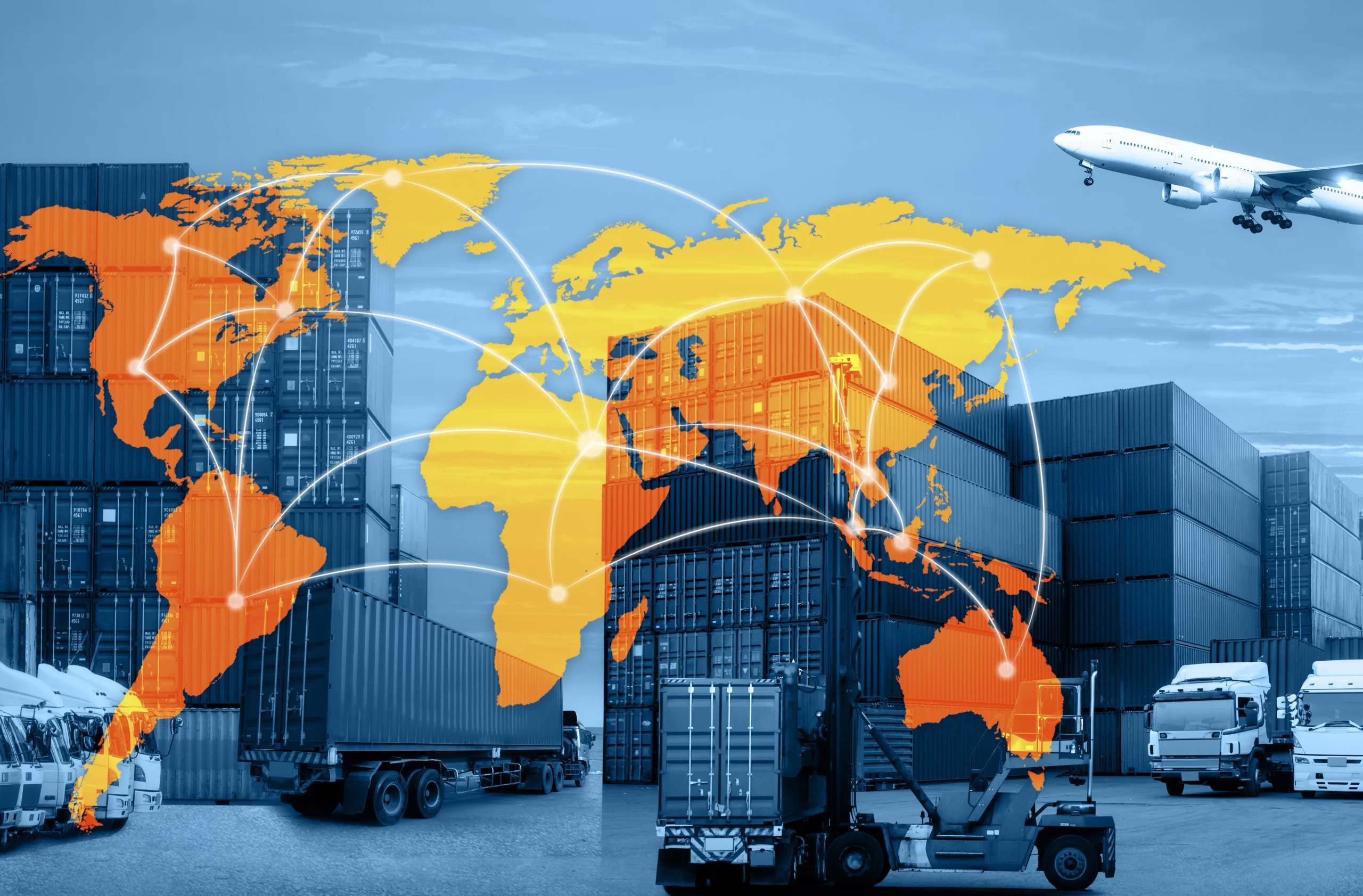1. The Basics of Cargo Shipping
Cargo shipping involves the transportation of goods by sea, land, or air, and is a fundamental component of international trade. This method of transportation is essential for moving large quantities of goods across long distances efficiently. Ships, trucks, and planes are utilized in cargo shipping, each suited for different types of cargo and routes. The process begins with the booking of cargo space and ends with the delivery of goods to their final destination. Understanding the different types of cargo, such as dry, liquid, and perishable goods, is crucial for ensuring proper handling and transportation.
2. Types of Cargo Shipping
There are various types of cargo shipping, each designed to meet specific needs. Container shipping is one of the most common methods, using standardized containers to simplify loading, unloading, and transferring across different modes of transport. Bulk shipping, on the other hand, is used for large quantities of unpackaged goods, like grains or oil, which are loaded directly into the hold of a ship. Breakbulk shipping involves handling goods individually, not in containers, which requires special equipment for loading and unloading. Additionally, roll-on/roll-off (RoRo) shipping is used for vehicles and machinery that can be driven on and off the ship.
3. The Logistics and Operations
Cargo shipping involves a complex network of logistics and operations to ensure timely and safe delivery. Documentation is crucial, including bills of lading, customs declarations, and insurance papers, which help in managing and tracking shipments. Port operations play a significant role, involving the loading and unloading of cargo at ports, which requires coordination between shipping companies, port authorities, and customs officials. Transportation management systems are often used to optimize routes, track shipments, and manage inventory. The efficiency of cargo shipping relies heavily on effective logistics and the smooth operation of all involved parties.
4. Challenges and Future Trends
Cargo shipping faces several challenges, including regulatory compliance, environmental impact, and security concerns. Adhering to international regulations and standards is essential to avoid legal issues and ensure safety. The industry is also addressing environmental concerns by adopting sustainable practices, such as using cleaner fuels and optimizing routes to reduce emissions. Technological advancements are shaping the future of cargo shipping, with innovations like automation in ports, smart containers, and blockchain for secure and transparent transactions. These developments aim to enhance efficiency, reduce costs, and improve overall performance in cargo shipping.
